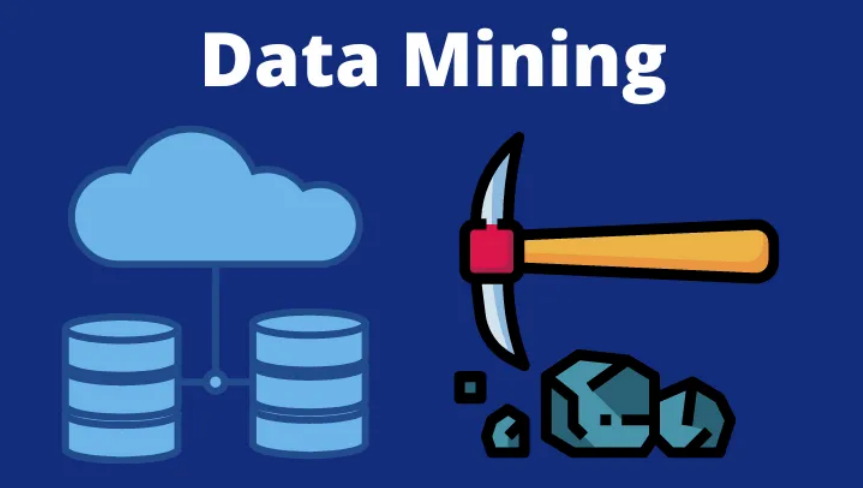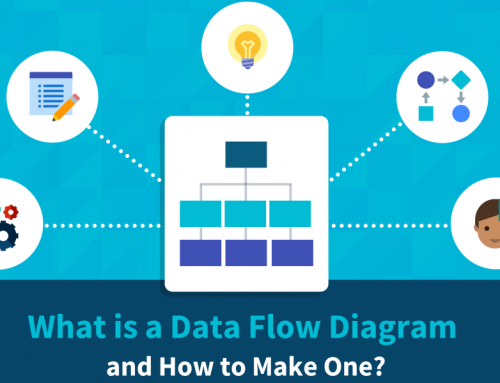Data Mining 101
With the establishment of large databases and the emergence of massive data, more and more data are collected and stored in large databases, but the reality is often “data is rich, but information is poor”, because it is difficult to understand them without using reasonable methods. However, when data mining is used for data analysis, important data content and patterns hidden in big data can be found, which makes great contributions to business decisions, knowledge base, science and medical research. So, in this article, we’ll take a deep dive into what is data mining and why it’s so important.
What is data mining?
Data mining is an interdisciplinary branch of computer science. It is the computational process of finding patterns in relatively large datasets using the intersection of artificial intelligence, machine learning, statistics, and databases. The overall goal of the data mining process is to extract information from a dataset and transform it into an understandable structure for further use.

What is data mining?
In addition to the raw analysis steps, it covers database and data management aspects, data preprocessing, modeling and reasoning considerations, metrics of interest, complexity considerations, post-processing of discovery structures, visualization, and online updates.
Data Mining Process
The specific process of data mining is as follows:
- Data: For data mining, you must first have data. You can select a data set according to the purpose of the task, and filter the data you need, or construct the data you need according to the actual situation.
- Preprocessing: After determining the data set, it is necessary to preprocess the data so that the data can be used by us. Data preprocessing can improve data quality, including accuracy, completeness, and consistency. The methods of data preprocessing include data cleaning, data integration, data reduction and data transformation.
- Transformation: After data preprocessing, the data is transformed to convert the data into an analysis model, which is established for data mining algorithms. Establishing an analysis model that is truly suitable for data mining algorithms is the key to the success of data mining.
- Data mining: Mining the transformed data, in addition to selecting the appropriate mining algorithm, all the rest of the work can be done automatically.
- Interpretation and evaluation: Interpret and evaluate the results to obtain knowledge. The analysis method used is generally dependent on the data mining operation, usually using visualization techniques.
Why is data mining important and where is it used?
The amount of data generated each year is staggering. And the already large number will double every two years. The digital world is made up of about 90% unstructured data, but that doesn’t mean the more information, the better knowledge. Data mining aims to change this situation by enabling companies to:
- Sift through large amounts of duplicate information in an organized manner;
- Extract relevant information and make the most of it for better results;
- Accelerate the pace of informed decision-making.
You will find that data mining is essential for analytical work in all walks of life. Here’s a look at how some industries use data:
- Communications industry: The communications industry, whether in marketing or otherwise, is highly competitive and deals with customers that receive multiple draws. Using data mining methods to understand and sift through vast amounts of data helps the industry create targeted marketing campaigns that ensure a high volume of successful sales and customer interactions.
- Insurance industry: In a competitive marketplace, the industry often has to deal with compliance issues, various types of fraud, risk assessment and management, and customer retention issues. Through data mining, insurers can better price products, create better options for existing customers, and encourage new customers to sign up.
- Education industry: Understanding student progress from a data perspective enables educators to provide them with better personalized attention when needed. Intervention strategies can be developed early on for groups of students who may need them.
- Manufacturing industry: Production line failures or quality declines can cause huge losses in any manufacturing industry. Through data mining, companies will be able to better plan their supply chains. This means that possible failures can be detected and dealt with early, quality checks can be more rigorous and production line disruptions are kept to a minimum.
- Banking industry: The banking industry relies heavily on data mining and automated algorithms that help make sense of the billions of transactions that take place in the financial system. In this way, financial institutions will be able to get a general understanding of market risk, detect fraud more quickly, manage their compliance with regulatory requirements and ensure the best return on their marketing investment.
- Retail industry: With retail transactions hitting astronomical volumes, the industry can use vast amounts of data to better understand consumers. Data mining can help them grow to improve customer relationships, optimize marketing campaigns, and forecast sales.
Challenges in Data Mining
There is no doubt that data mining is a powerful process, but it does have some challenges, especially with the ever-increasing amount of complex big data it handles. Collecting and analyzing all of this data will only continue to get more complicated. Here are some of the most important challenges associated with data mining:
Big Data
When it comes to big data, there are four major challenges:
- Capacity: Large amounts of data involve storage challenges. Furthermore, sifting through such huge amounts of data involves the problem of finding the right data. When data mining tools deal with such capacity, the processing speed slows down.
- Diversity: At a given moment, a wide variety of data is collected and stored. Data mining tools must be able to handle multiple data formats, which can be a challenge.
- Speed: Data is now being collected much faster than before, which can be problematic.
- Accuracy: Accuracy of these massive amounts of data can be challenging, especially given the volume, variety, and velocity of the data. In this case, the main challenge is to strike a balance between data quantity and data quality.
Overfitting the Model
As capacity and diversity increase, so does the risk of overfitting. The result is that the model starts to show natural errors in the sample, rather than showing underlying trends. Reducing the number of variables results in uncorrelated models, while adding too many variables constrains the model. The challenge is how to properly adjust the variables used and their balance in terms of prediction accuracy.
Cost of Scale
As capacity and speed increase, companies need to work to scale up models to take full advantage of data mining. To do this, companies need to invest in a range of powerful computing power, servers and software. Budget allocation may not always be easy for companies.
Privacy and Security
Storage needs are on the rise, and companies have turned to the cloud to meet their needs. But with it comes the need for high-level security measures for data. There are a number of internal rules and regulations that need to be implemented when implementing data privacy and security measures. This requires a change in the way work is done, and for many, it is difficult to master.
Conclusion
Thank you for reading our article and we hope it can help you to have a better understanding of what is data mining. If you want to learn more about it, we would like to advise you to visit Gudu SQLFlow for more information.
As one of the best data lineage tools available on the market today, Gudu SQLFlow can not only analyze SQL script files, obtain data lineage, and perform visual display, but also allow users to provide data lineage in CSV format and perform visual display. (Published by Ryan on June 1, 2022)
If you enjoy reading this, then, please explore our other articles below:



